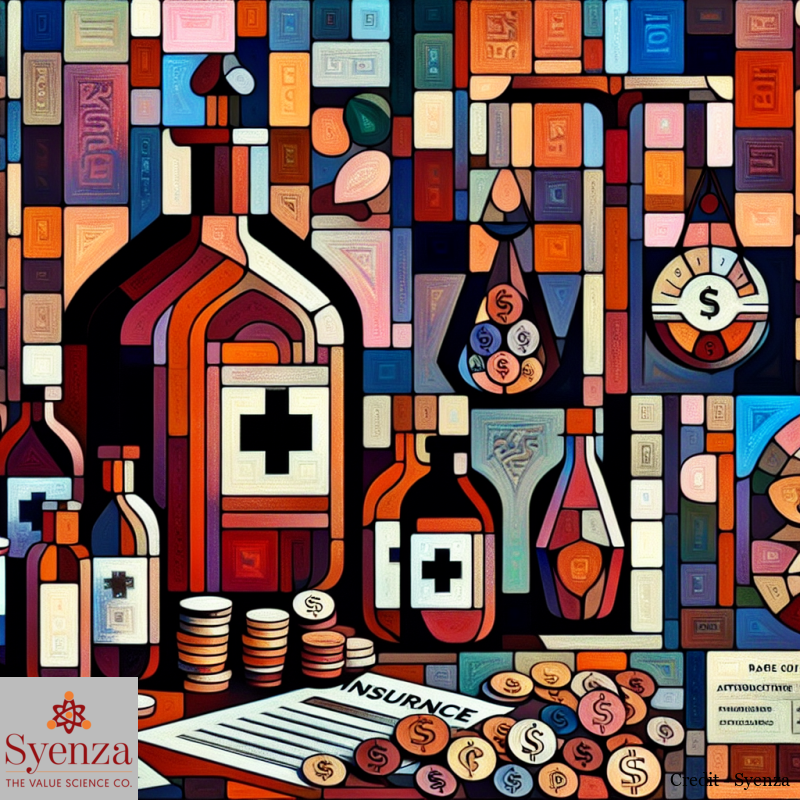
Zorginstituut Nederland has announced that two rare disease medications, exagamglogene autotemcel (Casgevy®) and omaveloxolon (Skyclarys®), will only be covered by Dutch basic health insurance if their prices drop significantly. For omaveloxolon, treating Friedreich’s ataxia, an 84% price cut is required—from €246,000 per patient per year. This reflects the Netherlands’ strict cost-effectiveness standards, where drugs must prove clear value for public funding.
Key Insights
The Dutch system enforces tough cost-effectiveness rules. Even rare disease treatments like omaveloxolon face steep price cuts—84% for just 107 eligible patients. Health technology assessors apply strict economic evaluations, even for orphan drugs where market dynamics differ.
Omaveloxolon offers only modest benefits for Friedreich’s ataxia, slowing progression slightly while patients still deteriorate. The Institute recognizes its value for a condition with no effective treatments but insists even small benefits must justify costs.
The Netherlands treats all medications equally, requiring proven clinical and cost-effectiveness for coverage. Other European systems may be more lenient for rare diseases.
The Dutch healthcare system uses mandatory insurance, with the basic package (basispakket) dictating patient access. Zorginstituut Nederland decides which treatments get public funding. Medications must show better or equal effectiveness than existing options while meeting cost-effectiveness targets.
Recent policies include re-evaluating expensive drugs. For example, PARP-inhibitors were removed for some cancers due to limited survival benefits.
Implications
Applying standard cost-effectiveness rules to rare diseases is challenging. High development costs and small patient pools create poor economic profiles. An 84% price cut demand shows orphan drug pricing may clash with payer limits, even in wealthy systems.
Drugmakers must prepare for tough pricing talks in markets once seen as innovation-friendly. The Dutch stance may signal a wider European shift toward stricter cost reviews, affecting global pricing and rare disease investments.
Other European systems may follow, pressuring firms to explore alternative funding or risk-sharing deals. This could balance drug prices with budget limits while ensuring patient access.
The decision highlights a conflict between system sustainability and patient access. Cost-effectiveness ensures efficient spending but may deny rare disease patients life-changing treatments. This raises equity questions in healthcare resource allocation.
For more details, visit the source of this analysis.
